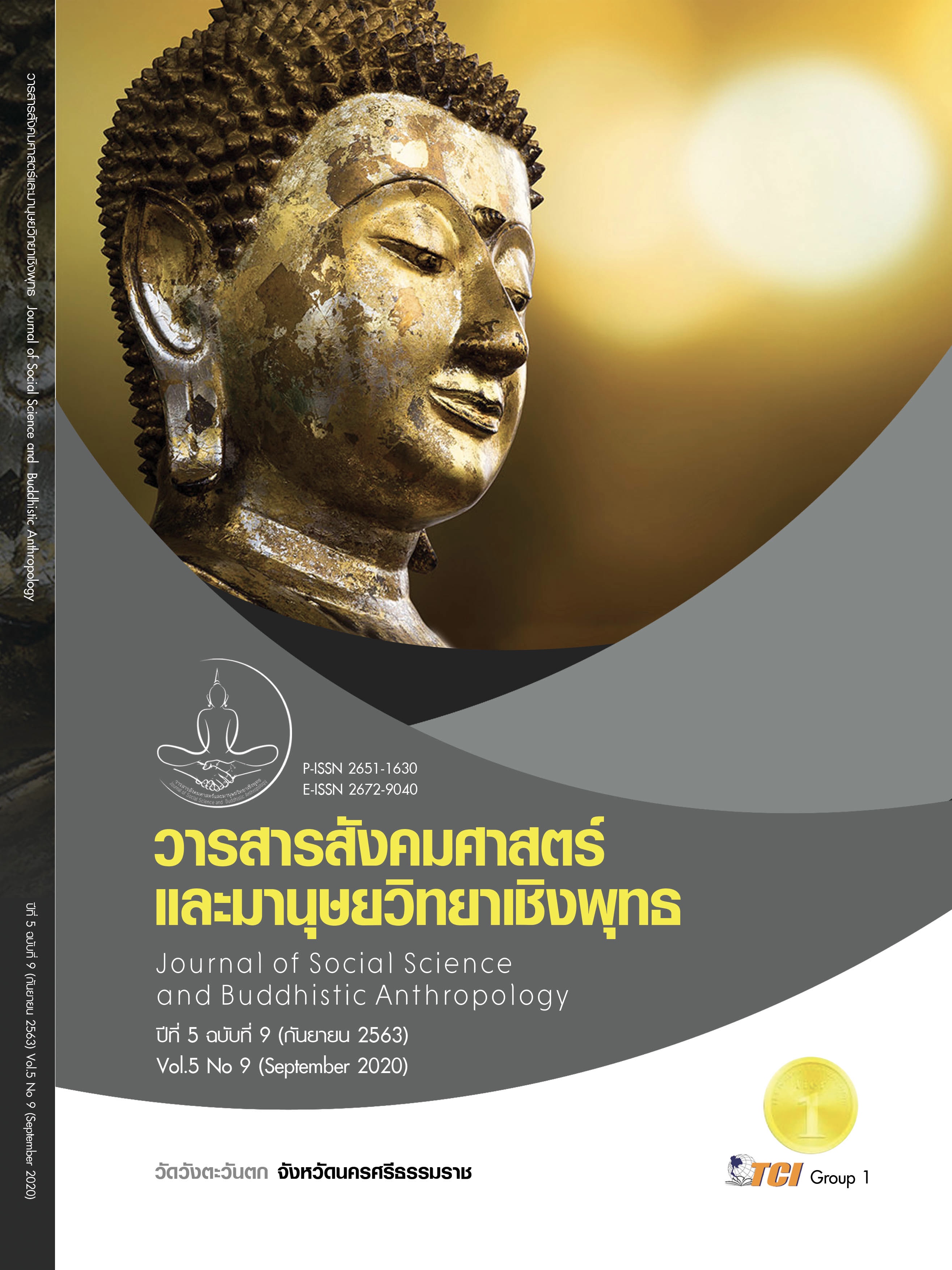UNDERSTANDING THE PERFORMANCE OF MASCULINITY IN FEMALE WORKPLACE TO CREATE GENDER EQUITY THROUGH FEMINIST ETHNOGRAPHY
Keywords:
Masculinity Performance in Female Workplace, Gender Equity, Feminist EthnographyAbstract
The purpose of this qualitative study was to understand the practice of masculinity in order to create gender equity within female workplaces. This qualitative research used feminist critical ethnography methodology to help researchers gain a better insight regarding this matter. The researchers conducted in-depth interviews with five women, age between 25 – 60 years old, who work in a perceived “matriarchal” workplace. These women included business women, a business owner, and a warden, who have displayed leadership skills in their field. The results from this study indicated that the society formed certain knowledge and beliefs about gender equity. This could be verified from a picture of women who shape themselves by a masculine performance at work to achieve “success”. By thinking, behaving, or being decisive like men, they, too, could create equality. Such a belief entrapped women in the myth of equity. Proudly handling their private and working lives at the same time, was actually through self - exploitation, until receiving commemorations and rewards from the public. The main argument in this study was that, when they broke the glass ceiling, it was only applied to physical workspace. Thai women perform masculine traits based on male standard. Business women followed male professionalism standard, which at the very end exploited themselves. This showed that Thai culture still value men over women and it is a basis of gender inequality. The society and women have been hegemonized by hegemonic masculinity, then no questions asked.
References
ไชยรัตน์ เจริญสินโอฬาร. (2561). อำนาจไร้พรมแดน : ภาษา วาทกรรม ชีวิตประจำวันและโลกที่เปลี่ยนแปลง = Power unbound: language, discoures, everyday life and the changing world. (พิมพ์ครั้งที่ 1). กรุงเทพมหานคร: วิภาษา.
เพทาย อยู่รอด. (15 พฤศจิกายน 2562). ความเท่าเทียมในสังคมที่ความสัมพันธ์ต่างเพศเป็นใหญ่. (มรกต ณ เชียงใหม่, ผู้สัมภาษณ์)
มณี พริ้งเพรา. (13 พฤศจิกายน 2562). ความเท่าเทียมในสังคมที่ความสัมพันธ์ต่างเพศเป็นใหญ่. (มรกต ณ เชียงใหม่, ผู้สัมภาษณ์)
สำนักงานสถิติแห่งชาติ. (2563). สถิติแรงงาน. เรียกใช้เมื่อ 7 พฤษภาคม 2563 จาก http:// statbbi.nso.go.th/staticreport/page/sector/th/02.aspx
อำพรรณ กันแสง. (16 ตุลาคม 2562). ความเท่าเทียมในสังคมที่ความสัมพันธ์ต่างเพศเป็นใหญ่. (มรกต ณ เชียงใหม่, ผู้สัมภาษณ์)
Butler, J. (1995). Melancholy Gender/ Refused Identification In M. Berger, B. Wallis, & S. Watson (Eds.), Constructing Masculinity. New York, NY: Routledge.
Connell, R. W. (2001). Understanding Men: Gender Sociology and the New International Research on Masculinities. Social Thought & Research, 24(1/2), 13 - 31.
Dennis, B. (2009). Acting Up: Theater of the Oppressed as Critical Ethnography. International Journal of Qualitative Methods, 8(2), 65-96.
Denzin, N. K. & Lincoln, Y. S. (2011). The Sage handbook of qualitative research (4th ed.). Thousand Oaks: SAGE Publications, Inc.
Dreyfus, H. L. & Rabinow, P. (1982). Michel Foucault, beyond structuralism and hermeneutics. Chicago: University of Chicago Press.
Facio, A., & Morgan, M. (2009). Equity or Equality for Women? Understanding CEDAW’s Equality Principles. Retrieved May 7 , 2020, from http://dx.doi. org/10.2139/ssrn.1469999
Geertz, C. (1973). The interpretation of cultures: selected essays. New York: Basic Books.
Grant Thornton. (2019). Grant Thornton’s Women in Business 2019 Report: Encouraging Signs in Thailand, Though Equal Representation Remains Elusive. Retrieved May 7 , 2020, from https://www.grantthornton.co.th /press-releases/press-release-2019/women-in-business-2019-report-encouraging-signs-in-thailand/
Harrowing, J. N. et al. (2010). Critical Ethnography, Cultural Safety, and International Nursing Research. International Journal of Qualitative Methods, 9(3), 240 - 251.
Hesse - Biber, S. N. (2012). Handbook of Feminist Research: Theory and Praxis. Thosand Oaks, CA: SAGE Publications, Inc.
Hesse - Biber, S. N. (2013). Feminist Research Practice: A Primer (2nd ed.). Thousand Oaks, CA: SAGE Publications, Inc.
May, S. (1997). Critical ethnography In N. Hornberger & P. Corson (Eds.), Encyclopedia of Language and Education: Research Methods in Language and Education. Dordrecht: Kluwer.
Mcqueeney, K. (2013). Doing Ethnography in a Sexist World:A Response to “The Feminist Ethnographer’s Dilemma”. Journal of Contemporary Ethnography, 42(4), 451 - 459.
Sedgwick, E. K. (1995). Gosh, Boy George, You Must Be Awfully Secure in Your Masculinity! In M. Berger, B. Wallis, & S. Watson (Eds.), Constructing Masculinity. New York, NY: Routledge.
Thomas, J. (1993). Doing Critical Ethnography. Newbury Park, CA: SAGE Publications, Inc.
Tong, R. (2018). Feminist Thought: A More Comprehensive Introduction (5th ). New York, NY: Routledge.
Tsang, G. F. Y. (2017). Masculine Performance in Hong Kong Crime Films from Post-Bruce to the 2000s. Asian Journal of Humanity, Art and Literature, 4(2), 73 - 82.








